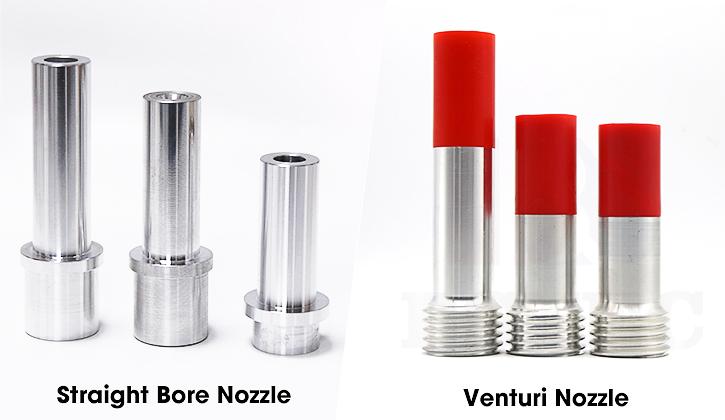Cleaning Smoke and Fire Soot from Concrete
Cleaning Smoke and Fire Soot from Concrete

You may encounter such a problem. For negligence, a place such as a house, parking lot, or vehicle tunnel is on fire. After the fire, how should we repair it? Abrasive blasting will be a good choice. If you want to learn more, this article takes you to explore the application of sandblasting in soot removal.
Brief Introduction of Soot Removal
After a fire, it may not cause structural damage but leaves smoke and soot damage on the internal surface of the house, which will bring us hours of cleaning work. Before cleaning, invite a professional structural engineer to inspect the damaged area to ensure the safety of subsequent work. After clearing the damaged area, we can start the restoration of the concrete surface.
Generally, due to the natural heat resistance of concrete, parking lots and other places will only be damaged on the surface by fire. If the fire is serious, it may cause the concrete structure to overheat and affect its structural steel. For a serious fire, the surface can’t be saved, since it changes the characteristics of concrete. However, the main problems are mostly cracking, soot, and smoke damage.
When the impact of fire is more superficial rather than structural, the soot removal process is very simple. There are two ways to clean. The first is cleaning with water and chemicals which requires more time. The second method is abrasive blasting. Paying attention to the liquids that are used during cleaning, runoff needs to be collected to prevent them from flowing into the sewer. Before coating the concrete, the concrete needs to achieve a suitable surface roughness which needs to meet the standard established by the International Concrete Repair Association (or ICRI), known as CSP. The roughness can’t be achieved by water and chemical, thus abrasive blasting is the best option.
Media Recommendation
Soda blasting is the perfect choice for smoke and fire restoration because baking soda is considered a non-destructive and non-abrasive medium that can be used to clean the soot on all frame members of a building without damaging the structural integrity of objects. Soda blasting is a mild form of abrasive blasting in which compressed air is used to spray sodium bicarbonate particles onto the surface. Compared with other abrasive blasting methods, its grinding effect is much milder.
Nozzle Options
There are two types of nozzles that can be applied for different needs.
Straight Bore Nozzle: For its structure, it is divided into two parts containing the converging inlet and full-length straight bore part. When compressed air enters the converging inlet, the media flow of sodium bicarbonate particles speeds up for the pressure difference. The particles exit the nozzle in a tight stream and produce a concentrated blast pattern upon impact. This kind of nozzle is recommended for blasting small areas.
Venturi Nozzle: Venturi nozzle creates a large blast pattern. From structure, it is divided into three sections. First, it starts with a long tapered converging inlet, followed by a short flat straight section, and then has a long diverging end which becomes wider when reaching up close to the outlet of the nozzle. Such a design helps to increase work efficiency by 70%

The size of the nozzle bore affects the volume, pressure, and blast pattern of blasting. However, the shape of nozzles instead of the bore size has the most impact on the blast pattern.
For more information of sandblasting and nozzles, welcome to visit www.cnbstec.com













